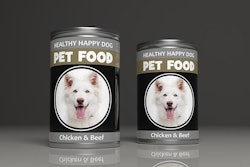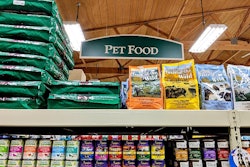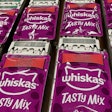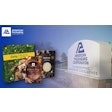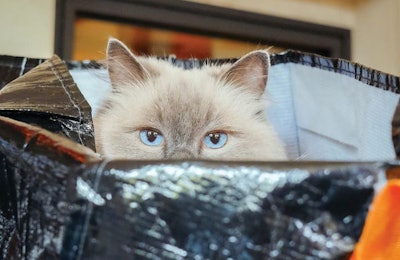
Today’s pet food packaging is undoubtedly the most technologically innovative and eye-catching ever. Catering to an array of products and an even wider array of consumer needs and wants, the bags, cans and other containers available speak to the ability of the packaging segment to keep up with the diverse pet food industry.
That being said, what’s big in packaging right now, and what might the future entail?
Doing more for less — cost efficiency
“Competitiveness in the pet retail space is putting pressures on cost,” said Rebecca Casey, vice president of marketing and consumer market development for TC Transcontinental, a leader in flexible packaging in North America and Canada’s largest printer. “Pet marketers are seeking innovation and cost reductions from converters like us. The challenge we see to keep up with pet industry needs is to provide high-end decoration and features while maintaining or improving protection and still reducing cost.”
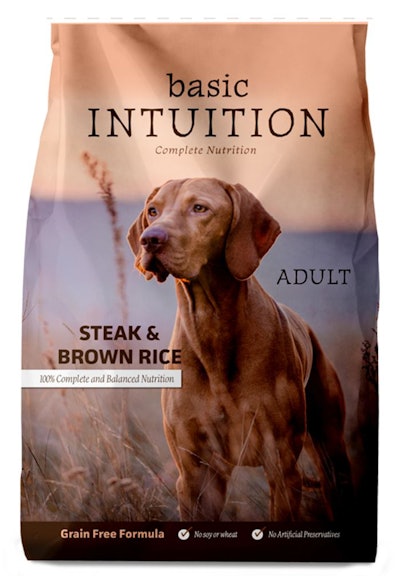
Maintaining high quality and flexibility while reducing cost is a constant task put on pet food packagers. | Courtesy TC Transcontinental
That sounds like a tall order, but it’s also the order of the day, so those involved in packaging have come up with ways to save costs in a wide variety of ways.
Mondi, a global leader in packaging and paper, has tackled multiple challenges, and has found that sometimes one solution can be found to address them all.
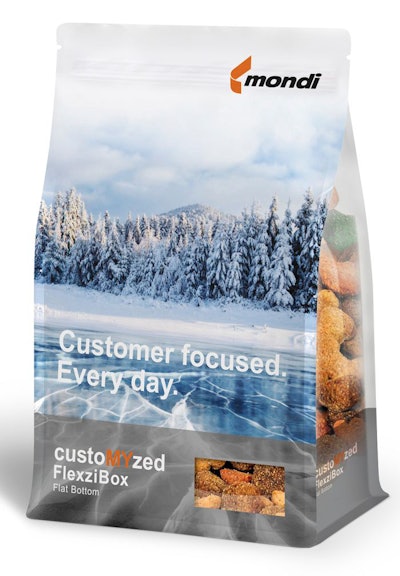
Sometimes, one packaging solution can be found to address a multitude of challenges. | Courtesy by Mondi
“Three of the most frequent challenges that pet food brands bring to us are needs for improved package appearance and packaging that helps them reach sustainability targets, and ways to optimize efficiency while maintaining a vibrant and consistent brand appearance across a multitude of SKUs,” said Bill Kuecker, vice president of marketing for Mondi. “Packaging suppliers have listened and developed cost-effective solutions to these challenges. One development is our ultra-high definition flexographic printing that is available on recyclable ready packaging. This one innovation addresses all the above challenges. The technology delivers improved packaging appearance and sharper graphics for enhanced brand communication on a recyclable package while maintaining operational efficiencies required by the industry.”
And sometimes, focusing on the big picture can result in specific solutions.
“We actually found the biggest challenge in the industry to be the standard method by which pet food packaging is printed,” said Mike Sloan, owner and president of Elite Packaging and Printing Inc., a packaging solutions provider. “Traditionally, pet brands have used a wide web flexo press to print flexible packaging, and they have found that investing in minimum print runs is causing several issues that have yet to be addressed. Many brands find that they end up paying higher storage costs since today’s retailers are less willing to carry large inventories. Essentially, that means if there aren’t quick turns off shelf, those goods need to be stored in a sterile facility, increasing the pet brand’s expense.”
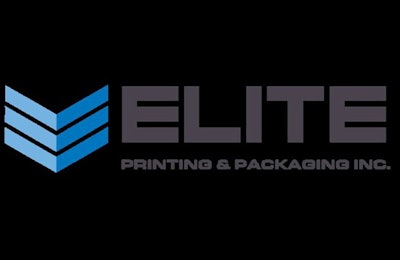
Being nimble is a must for pet brands to be successful, and packaging is a significant part of that. | Courtesy Elite Packaging and Printing Inc.
The company’s Elite Print on Demand Solutions (ePODS) technology has removed minimum print quantity requirements, driving agility in the marketplace to provide greater variety to customers, increase speed to market and meet “made to order” demands. “This means manufacturers can print packaging in quantities to accommodate forecasts only one to three months in advance,” said Sloan. “For a brand that carries multiple SKUs, this can ultimately result in hundreds of thousands of dollars in savings and profit their bottom line each year.”
Standing out — the challenges of innovation
“Leading packaging suppliers work every day to make pet food packaging as unique as the product inside,” said Kuecker. “Today’s brands put an incredible amount of care into product excellence and leading packaging suppliers work equally hard to be a true partner to them.”
According to TC Transcontinental, bringing new features and performance to the pet food shelf are a must to continue to win in today’s market.
“It’s all about creating a unique consumer experience,” said Casey. “[We engage] this space with R&D resources that innovate through internal and customer ideation sessions. We also engage our supply chain partners to bring the best solutions to the shelf. The supply chain management arena also has been a newer ask from the market and it has been a huge win for us. We can bring our subject matter experts to our customers and help them better manage their side of the equation as well as the packaging interface to drive out costs.”
Pet food packaging’s focus has always been on protecting the product and maintaining freshness. But now, said Casey, it’s about even more.
“Visual appearance is now also at the forefront of pet marketing teams and their quest to win market share,” she said. “At the same time, we believe that the key to succeeding in this industry is to have a strong optimization of people, materials, equipment and methods.” In this way, innovation can thrive across the board.
In the end, it’s all about maintaining flexibility in a broad market — both literal and figurative flexibility, in the case of pet food packaging.
“For pet brands to be competitive in today’s market, they need to be nimbler and modify or add new packaging at a moment’s notice,” said Beverly Sloan, Elite’s chief operating officer. “They need to be able to test different bag sizes, multiple flavors, specialty formulas, kibble formats, etc. We take a lot of pride in helping our clients become more ‘customer-centric’ and rise to the top of the pet food industry. And for us, that is the most rewarding aspect of what we do.”




